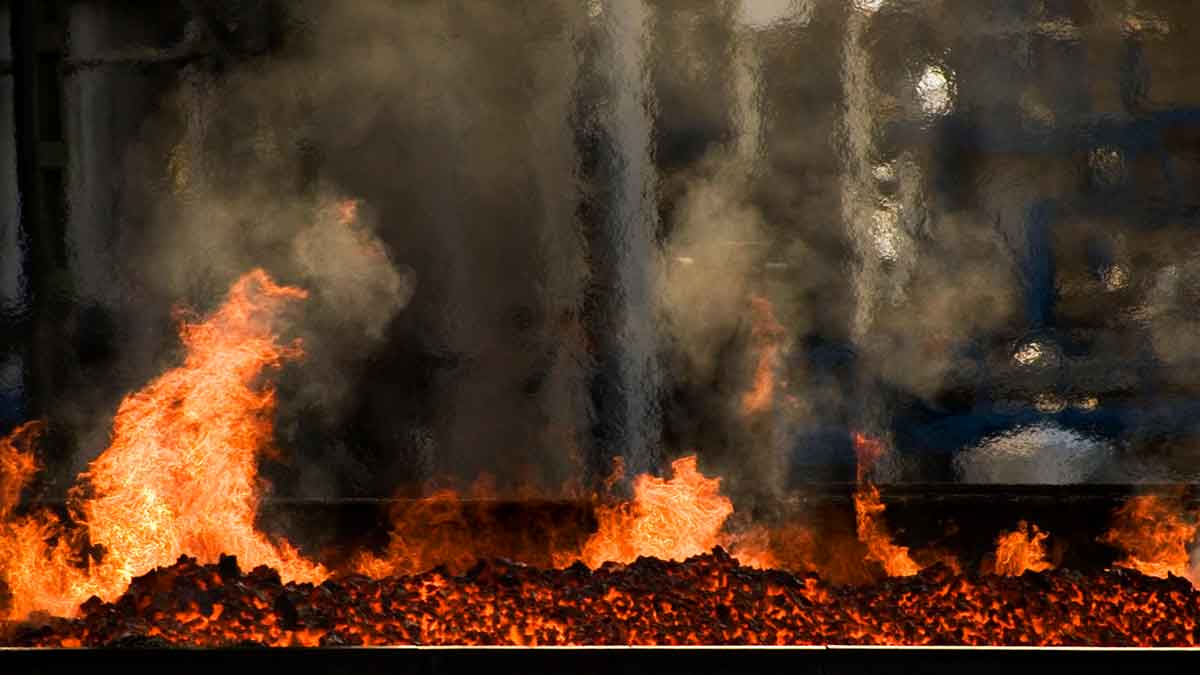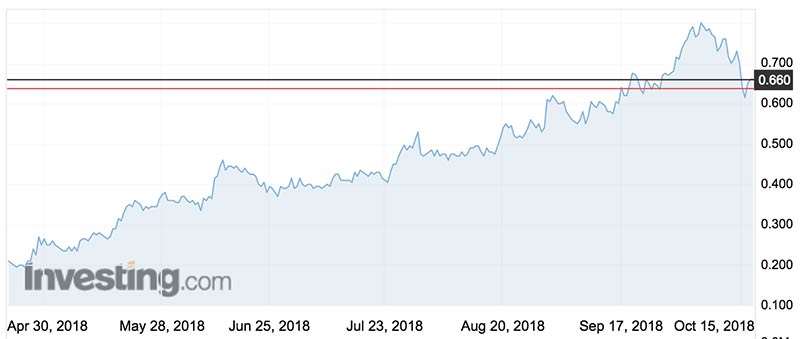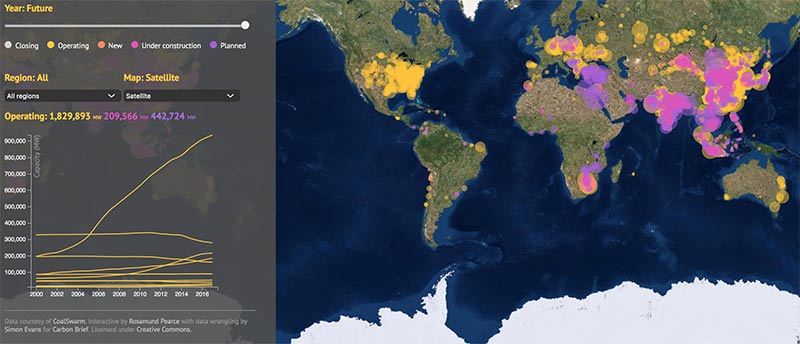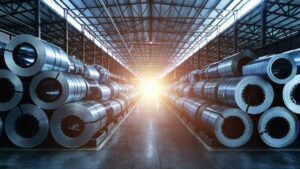These ASX stocks prove thermal coal is far from dead

Coal power is in a slow death spiral, soon to be replaced by renewable alternatives – or so the narrative goes.
That may eventually be the case, but projected demand for thermal coal — the kind used in power stations — is far healthier than many realise.
Demand from China and India have been robust this year and supply is tight, partially because financial markets are wary of funding mines in a ‘dying industry’.
As a result, there isn’t quite enough coal to go around – and prices have shot up in response.
>> Scroll down for a table showing the recent performance ASX stocks with thermal coal exposure
The thermal coal spot price averaged $164 a tonne in the September quarter, up 13 per cent on the previous quarter and 25 per cent on the year, according to the government’s latest Resources and Energy Quarterly report.
The prices for high quality 6000 kilocal coal – which Australian miners are known for – have risen, while prices for lower grade 5500 kilocal coal have fallen since June.
Higher quality coal means power stations can burn less to produce the same amount of energy.
- Subscribe to our daily newsletter
- Bookmark this link for small cap news
- Join our small cap Facebook group
- Follow us on Facebook or Twitter
This divergence between prices for higher and lower quality coal continued to grow in the September quarter.
Prices for high quality stuff is now just coming off recent highs, trading on the spot market for around $147 per tonne, Mike Cooper, Senior Editor at Platts Coal Trader International told Stockhead.
“They started to come down in early October, just after a price of $154 per tonne was agreed to for Japanese long-term contracts (October 2018 through to September 2019),” he said.
“This price negotiated between Australian miner Glencore and Japanese utility Tohoku was still up on last year’s October term contract price of $133 per tonne.”
So the demand is there – especially for high quality coal – and Australian ASX-listed miners have been cashing in.
Whitehaven Coal (ASX:WHC) made$525.6 million profit and New Hope Group (ASX:NHC) made $253m last year.
Three years ago, when coal prices were at their worst, Stanmore Coal (ASX:SMR) picked up its multi-million dollar coal mine for a nominal $1. This year it announced record full year revenues of $208m.
These profits mean big share price increases for most thermal coal miners and explorers on the ASX.
Over the past six months, Terracom (ASX:TER) is up 214 per cent, New Hope 77 per cent, Universal Coal (ASX:UNV) 43 per cent, Rey Resources (ASX:REY) and Stanmore Coal 36 per cent, and Whitehaven 28 per cent – just to name a few.

South Africa focused Universal Coal – like many of its peers – achieved record results for the 2018 financial year.
Universal chief executive Tony Weber told Stockhead that the high-quality end of the thermal coal market was very well positioned.
“We are selling 6000 kilocal export coal and those prices have held up very well,” he said.
“There is a movement afoot — environmental constraints obviously pushing [customers] towards higher quality coal.
“I believe that demand for higher quality coal will stay strong for a longer period than the more common, lower spec coals.”

Outlook
The Office of the Chief Economist expects the Newcastle benchmark spot price to decline from $147 a tonne in 2018 to $105 a tonne in 2020, as demand growth slows.
NAB analysts predict thermal coal spot prices to average $143 a tonne in 2019.
But producers remain confident that thermal coal’s place in the global energy mix will sustain long-term demand.
Whitehaven chief Paul Flynn told investors that Japan — Whitehaven’s largest thermal coal customer – plans to build up to 30 new ultra-super critical power stations.
In India, domestic production is only partially meet the growing demand for coal, which means an increased reliance on imports.
And last month, CoalSwarm’s Global Coal Plant Tracker claimed that 259 Gigawatts of new coal-fired capacity was secretly under development in China – representing a 25 per cent increase on current levels.
If true, then the global demand picture for thermal coal could change once again.
Here’s a list of ASX stocks with exposure to thermal coal:
Swipe or scroll to reveal full table. Click headings to sort
| ASX code | Company | 6-month price change | 12-month price change | Price Oct 16 (intraday) | Market Cap |
|---|---|---|---|---|---|
| KRL | KANGAROO RES | 5.25 | 3.81 | 0.125 | 412.1M |
| TER | TERRACOM | 2.14285714286 | 1.44444444444 | 0.66 | 243.3M |
| NHC | NEW HOPE CORP | 0.774038461538 | 0.858942065491 | 3.69 | 3.1B |
| REY | REY RESOURCES | 0.363636363636 | 0 | 0.3 | 63.7M |
| SMR | STANMORE COAL | 0.36231884058 | 1.08888888889 | 0.94 | 236.7M |
| WHC | WHITEHAVEN COAL | 0.280373831776 | 0.453580901857 | 5.48 | 5.5B |
| NCR | NUCOAL RESOURCES | 0.25 | 1.5 | 0.02 | 11.5M |
| BHP | BHP BILLITON | 0.130753835891 | 0.241303551813 | 33.9 | 168.7B |
| IEC | INTRA ENERGY | 0.0833333333333 | 0.857142857143 | 0.013 | 5.0M |
| AHQ | ALLEGIANCE COAL | -0.0363636363636 | 0.325 | 0.053 | 28.1M |
| YAL | YANCOAL | -0.0769230769231 | 0 | 4.2 | 5.3B |
| AQC | AUSTRALIAN PACIFIC | -0.204188481675 | -0.366666666667 | 0.76 | 36.4M |
| EQE | EQUUS MINING | -0.4 | -0.526315789474 | 0.018 | 15.3M |
UNLOCK INSIGHTS
Discover the untold stories of emerging ASX stocks.
Daily news and expert analysis, it's free to subscribe.
By proceeding, you confirm you understand that we handle personal information in accordance with our Privacy Policy.








